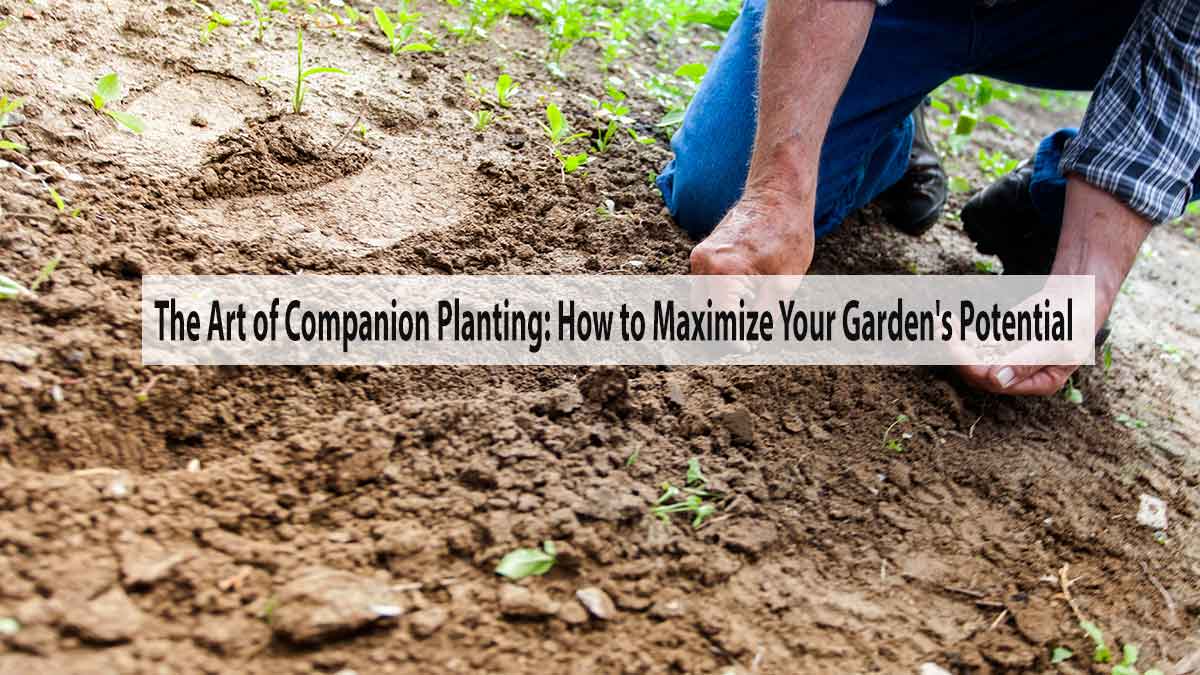Companion planting is a technique that has been used for centuries to enhance the growth and productivity of gardens. By planting certain types of plants together, you can create a beneficial environment that encourages healthy growth, increases yields, and reduces pest problems. There is several online flower delivery services in India that offers plant home delivery, which you can use once plant selection is done.
Choose the Right Companions
The key to successful companion planting is selecting the right companions. Some plants, when planted together, can have a mutually beneficial relationship. For instance, planting marigolds alongside vegetables like tomatoes can help to repel pests and attract beneficial insects that can help pollinate flowers. Additionally, planting beans alongside corn can help to fix nitrogen in the soil, which can be beneficial for both crops. For flowering plant selection, you make check Better Gift Flowers for some of the best flowering plants.
Consider Planting in Guilds
Another approach to companion planting is to plant in guilds, which are groups of plants that are grown together in a mutually supportive relationship. A guild might include a nitrogen-fixing plant, a nutrient accumulator, and a pest-repellent plant. By combining these plants in a specific way, you can create an ecosystem that supports the growth of all the plants in the guild.
Plant for Succession
When planning your garden, consider planting in succession. This means planting crops that mature at different times so that you can continually harvest fresh produce throughout the growing season. By selecting plants that complement each other, you can maximize your garden’s productivity and ensure a bountiful harvest.
In addition to succession planting, it’s also important to choose crops that are well-suited to your particular climate and soil conditions. For example, if you live in a hot, dry area, you may want to focus on drought-tolerant plants like tomatoes, peppers, and eggplants. On the other hand, if you live in a cooler, wetter climate, you might opt for crops like lettuce, kale, and broccoli that thrive in cool, moist conditions. No matter what type of garden you choose to create, be sure to take the time to research which crops are best suited to your local conditions and plan your planting schedule accordingly. With a little bit of planning and careful cultivation, you can enjoy a bountiful and delicious harvest all season long.
Be Mindful of Plant Compatibility
When selecting plants for your garden, it’s important to be mindful of their compatibility. Some plants can actually inhibit the growth of others, while others can attract pests or diseases. For example, planting members of the same family, such as tomatoes and peppers, can lead to a buildup of soil-borne diseases. It’s important to do your research and choose plants that are compatible with each other.
In conclusion, companion planting is an art that can help you to maximize your garden’s potential. By selecting the right companions, planting in guilds, planning for succession, and being mindful of plant compatibility, you can create a thriving ecosystem that supports the growth and productivity of your garden. So get out there, get your hands dirty, and enjoy the fruits of your labor!

